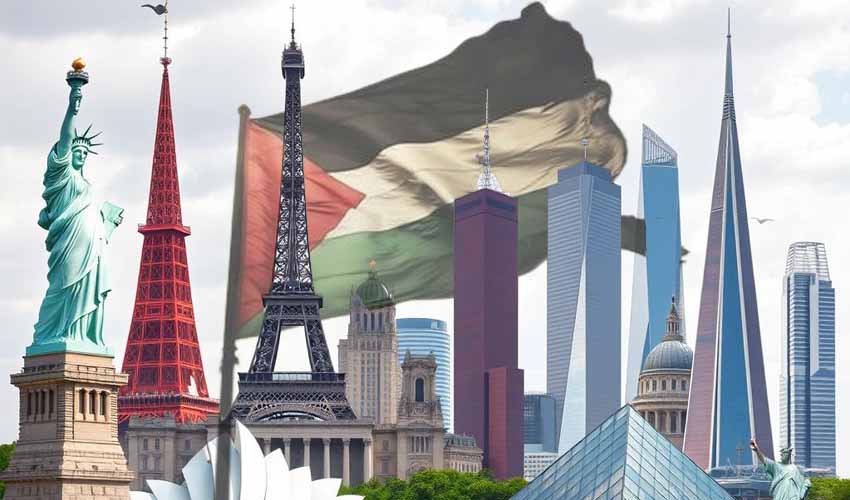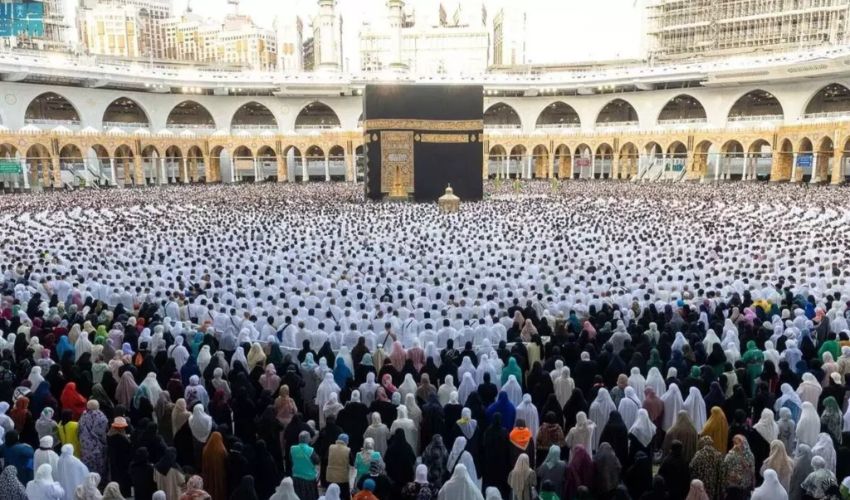In a world that constantly evolves with technological advancements and modernization, the preservation of historical architecture stands as proof to our shared cultural legacy and a window into our ancestors’ ingenuity.
These architectural marvels not only represent the craftsmanship of bygone eras but also serve as a bridge connecting us to our roots.
The icons of historical architecture transport us through time, narrating stories of civilizations, cultures, and societies that have shaped the world we inhabit today.
These icons, whether colossal or intricate, inspire awe and wonderment.
Each building is a repository of history, holding secrets and stories that, when deciphered, reveal the fabric of society and the challenges and triumphs of generations past.
The grandeur of the majestic Colosseum in Rome, the Taj Mahal in India, the enigmatic Machu Picchu in Peru, and the serene Angkor Wat in Cambodia are just a few examples of the countless structures that grace our planet.
Colosseum

The Colosseum stands as a symbol of ancient Rome’s architectural prowess and remains an enduring icon of the past.
Taj Mahal

The timeless beauty of the Taj Mahal is a testament to the exquisite craftsmanship and undying love that inspired its creation.
Machu Picchu

The ancient city of Machu Picchu nestled in the Andes mountains is a testament to the harmonious integration of architecture with nature.
Angkor Wat

Angkor Wat’s intricate design showcases the intricate artistry of the Khmer civilization and its deep spiritual significance.
Sagrada Família

La Sagrada Familia is a building in Barcelona, Spain that Gaudí masterfully designed and, despite not being finished, UNESCO made it a World Heritage Site in 1984 because of its unique architecture and how Gaudí created something so artistic and innovative.
Louvre Museum

Louvre Museum is housed in part of a large palace in Paris that was built on the right-bank site of the 12th-century fortress of Philip Augustus.
The palace is home to some of the world’s most iconic pieces – paintings, sculptures, architectural elements and art objects by famous or anonymous artists of many different origins and eras.
Chichen Itza

The fusion of Mayan construction techniques with new elements from central Mexico make Chichen-Itza one of the most important examples of the Mayan-Toltec civilization in Yucatán.
These buildings represent a rich tapestry of global cultural heritage and are celebrated for their architectural significance and historical importance.
Essence of historical architecture
Historical architecture is not just an arrangement of bricks and mortar; it is an embodiment of human creativity, innovation, and cultural identity.
From the towering pyramids of ancient Egypt to the intricate temples of Southeast Asia, and from the grand cathedrals of Europe to the stately palaces of India, these structures reflect the values, beliefs, and aspirations of the people who conceived and built them.
In a world driven by innovation, historical architecture reminds us that the truest form of progress lies in our ability to learn from our history and pass on the legacy of our ancestors.
These icons of historical architecture continue to inspire, educate, and unite us, bridging the gap between the past and the future.

























